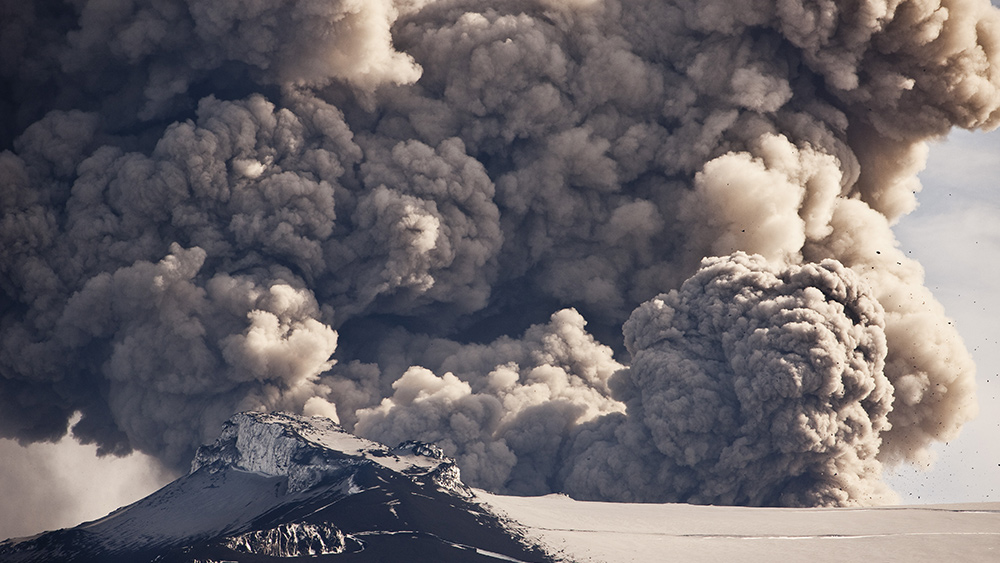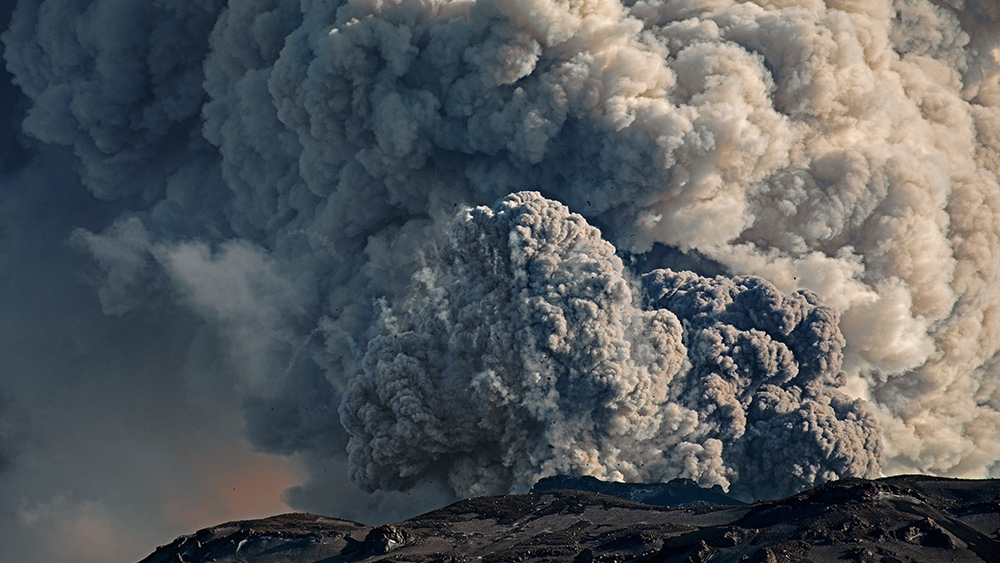
The study, led by researchers from the Universidad de Granada (UGR) in Spain, the San Diego State University (SDSC) in the U.S., and the University of British Columbia (UBC) in Canada, is the first of its kind to quantify the number of viruses transported from the Earth's surface into the troposphere – the bottom layer of the earth's atmosphere. In particular, the team focused on the free troposphere, an area beyond the earth's weather system, and just below the stratosphere.
"Every day, more than 800 million viruses are deposited per square meter above the planetary boundary layer – that's 25 viruses for each person in Canada," explained UBC virologist Curtis Suttle, who is also one of the senior authors of the study.
He adds that this started after they found genetically-similar viruses in very different environments around the world. "This preponderance of long-residence viruses traveling the atmosphere likely explains why – it's quite conceivable to have a virus swept up into the atmosphere on one continent and deposited on another."
To put it simply, viruses and bacteria hitch a ride to the atmosphere using soil-dust and sea spray from the Earth's surface. In the case of soil-dust, this is done when the material is aerosolized, that is, processed to become small and light enough to disperse into the air – like an aerosol. Sea sprays are aerosols by themselves, in essence, and are already known to contain organisms that are used for different biological, chemical, and physical processes in the ocean.
The researchers first sought to explain how many bacteria and viruses are swept up into the free troposphere – which is roughly 8,200 to 9,800 feet (2,500 to 3,000 meters) above sea level. At those altitudes, they posited, particles can be transported to longer ranges, unlike in areas lower in the atmosphere.
The number of viruses and bacteria that fall onto the ground are staggering, based on their findings. In any given day, the deposition rate – defined as the rate by which aerosols collect themselves at the surface – of viruses can be anywhere from 260 million to seven billion per square meter. In comparison, the bacterial deposition rate is only between three million to 80 million particles per square meter. Head-to-head, that puts the deposition rates for viruses to anywhere from nine to 461 times greater than those of bacteria.
One of the things that researchers found was that a lot of the viruses carried signs that they have been transported by sea spray. According to researchers, this is because viruses tend to piggyback on smaller and lighter particles in an aerosol. In the study, they noted that virus deposition rates were linked to organic aerosols less than 0.7 micrometers (?m), while bacterial deposition rates were associated with aerosols greater than 0.7 ?m. These rates indicate that viruses can stay in the atmosphere longer, which allows them to be displaced further.
They also observed that rain events and dust intrusions from the Sahara created significantly higher deposition rates from bacteria. On the other hand, rainfall did nothing to influence the deposition of viruses. (Related: The virus vs. humanity: Rapid spread of Zika virus causes governments of South American nations to plead with women, 'Don't have any more babies!')
"Bacteria and viruses are typically deposited back to Earth via rain events and Saharan dust intrusions. However, the rain was less efficient at removing viruses from the atmosphere," according to co-author Isabel Reche.
While researchers established that long-distance transport of virus and bacteria occurs, there are still certain areas that need closer examination – in particular, the mechanisms that impact deposition rates. The results of the study also help make sense of incidences where viral infections of similar genetic identity happen in different areas of the world.
Sources include:
Please contact us for more information.























